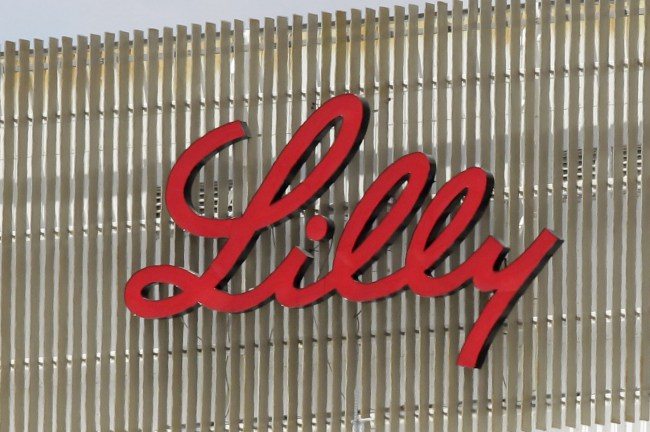On Wednesday, the FAD announced its approval of Eli Lilly and Company’s (NYSE:LLY) latest cancer drug, necitumumab. Marketed as Portrazza, the drug will target squamous non-small cell lung cancer (NSCLC), but with a caveat – it is only available for patients who have not undergone any other form of medication specifically for treating advanced lung cancer. Additionally, Portrazza will carry a pretty severe black box label, warning patients of its severe side effects, including cardiac arrest, sudden death, and hypomagnesemia. While the approval is good news, the box warning and the restrictions on administration are a real downside for Eli. Markets have recognized this, and the company’s market capitalization has edged downwards since The FDA announcement. Let’s take a look at the drug and try and figure out both why the FDA felt the warning and restrictions are necessary, and what the warning means for its revenues potential.
First then, what’s Portrazza? The drug is part of a family of oncology treatments called monoclonal antibodies, which are antibodies derived from a single parent cell that target a specific antigen. Because they target a specific antigen, they can be used to selectively target cancer cells, rather than affect surrounding cells (as with traditional chemotherapy and radiation). The drug binds to the epidermal growth factor receptors on its target tumor cells (in this instance NSCLC cells) and blocks them, meaning Epidermal Growth Factor (a protein) cannot bind to the receptor. EGF is responsible for the proliferation process – so through the inhibition of the binding process, Portrazza stops tumor cells from replicating.
So why the warning? Well, it’s a case of cost-benefit. The drug has what the industry refers to as a “marginal” benefit – in trials it extended survival by a matter of weeks over alternative chemotherapy options. At the same time, a few patients discontinued based on the aforementioned (and now labeled) side effects. In light of this, the FDA is saying to physicians: it’s risky, and may only add a couple of weeks onto overall survival, but its an option. This, in turn, begs the question, why approve it at all? Well, as Eli Lilly CEO John Lechleiter stated, weeks is a long time for many cancer sufferers. It’s easy to denounce such a short period of time as void of benefit, but for patients with this sort of prognosis, any extra time, however short, can make a big difference. There is also a current trend with the FDA for quick oncology approvals – even those with marginal benefits and severe side effects. Ely itself has been the benefited from this trend, with the FDA approval of Cyramxa back in April. The current opinion of the agency seems to be that giving physicians, and in turn patients, as many options as possible, even if there is some question over risk benefit balance, is better than restricting choice.
So how has the label limit impacted the drug’s revenue potential? Well, there are two sides to the coin. In one sense, the fact that physicians can only administer the therapy to patients that have not received any other type of treatment is a disadvantage, as it limits the the patient population that qualify as eligible. On the other side, it paints the treatment as a first line therapy. This puts it in the picture as a drug that physicians will offer on diagnosis, which gives it a chance to compete with current standard of care first line. With its (albeit small) OS extension, it may have the advantage when pitched like for like. In light of this, analysts put the potential for the drug at top end $500 million, based on a little over 220,000 new diagnoses each year in the US, with approximately 25-30% squamous (just meaning the cancer affects squamous cells, which are most commonly found in skin but also line the lungs, among other auctions).
So what’s the takeaway? Well, markets have sold off Eli in response to the labelling and restricted administration, but this is likely as a result of overbuying in anticipation of approval without limitation. Bottom line is that Eli has its second marginal benefit cancer therapy of the year approved, and with effective commercialization, could have just added half a billion dollars in annual revenues to its portfolio. There is also, of course, the potential for extended indications. The FDA has set the bar pretty low with this approval, and Eli will likely only need to demonstrate similar marginal efficacy in an equally aggressive oncology indication to extend the potential patient population of Portrazza.
